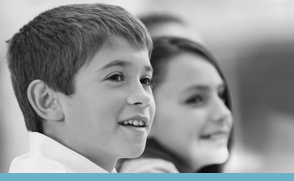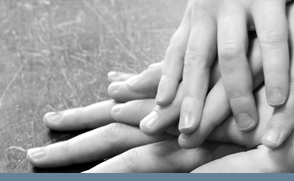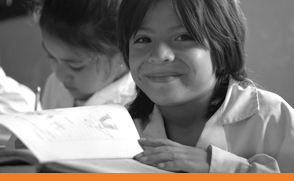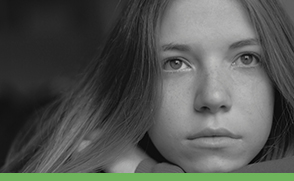
Indagación
To deep into the art of questions and the collective exploration of the unknown.
The dia® methodology came into being as an alternative to the current educational needs. A program based on the development of intelligence through art, it promotes learning experiences allowing the students to develop significant knowledge and to give meaning and direction to their actions.
The dia methodology is designed to encourage the education of autonomous human beings, free and committed to contributing –with their talent and willpower- to their own well-being and that of their communities. The program considers three aspects of human development: the construction of the self, the capacity to understand and give meaning to the world, and the activation of creative expression.
Fostering the development of these three aspects, we grow up both individually and collectively, and we adapt more easily to reality, at the same time becoming more conscious of our role as agents of change.
dia® suggests a didactic methodology where the teacher guides a group discussion using art as an stimulus and paying attention to the valuable ideas each child or person expresses in class to promote the development of intelligence. In the dia class we learn to observe, to feel, to express, to share and live together, as well as to discover and recreate a reality. How do we do this? With sensibility, intelligenge and respect. Dialogue develops in an atmosphere where construction of knowledge is possible thanks to the efforts of everyone.
dia® integrates the theoretical foundations of the multiple intelligences approach of Howard Gardner, Reuven Feuerstein´s theory of structural cognitive modifiability and mediation, Daniel Goleman´s approach to Emotional Intelligence, Bruner’s learning theories and Vygotsky´s fundamental contributions on the Zone of Proximal Development and the construction of knowledge through mediation and social participation.
dia® integrates the theoretical foundations of the multiple intelligences approach of Howard Gardner, Reuven Feuerstein´s theory of structural cognitive modifiability and mediation, Daniel Goleman´s approach to Emotional Intelligence, Bruner’s learning theories and Vygotsky´s fundamental contributions on the Zone of Proximal Development and the construction of knowledge through mediation and social participation.

To deep into the art of questions and the collective exploration of the unknown.

To begin the path of transforming learning spaces and self.

To deep into the social and emotional aspects of learning.

To Read and Write with Joy..

To create spaces of deep dialogue with Parents and learn to grow with our children.

To deep into the art of seeing.